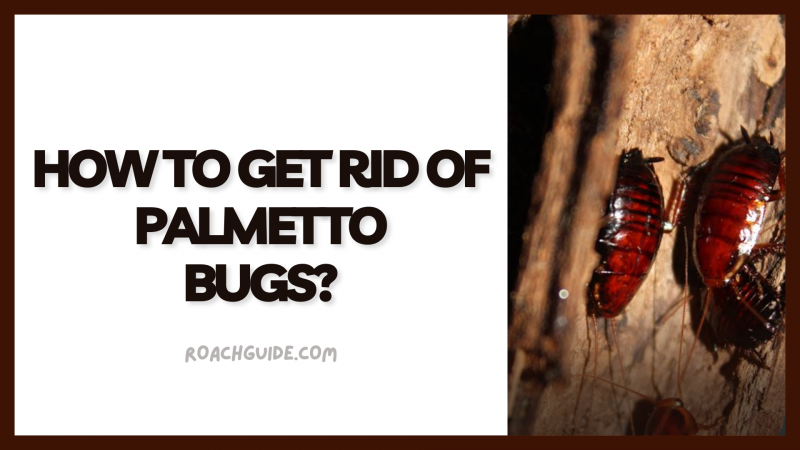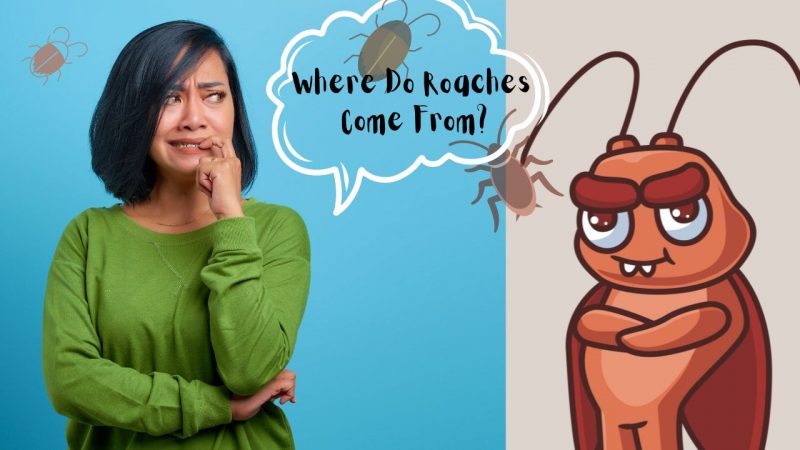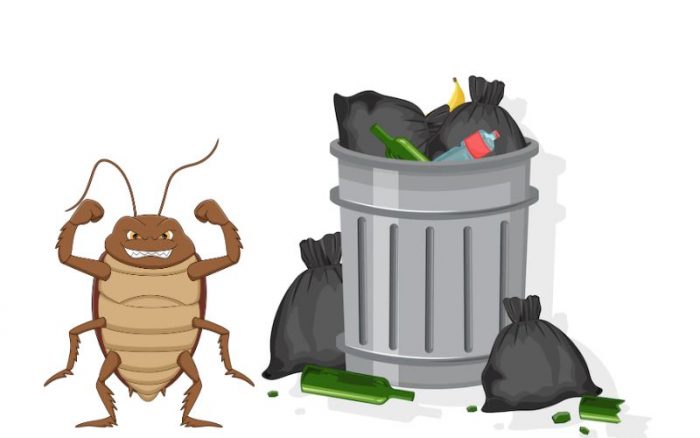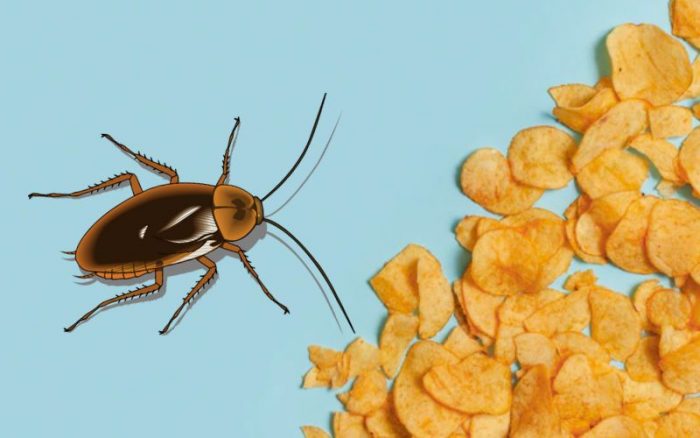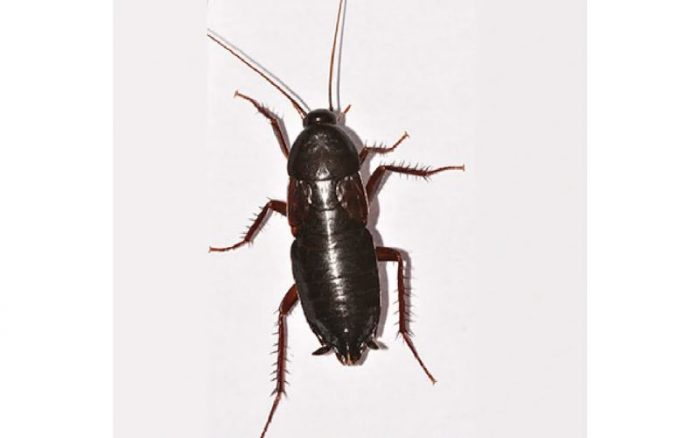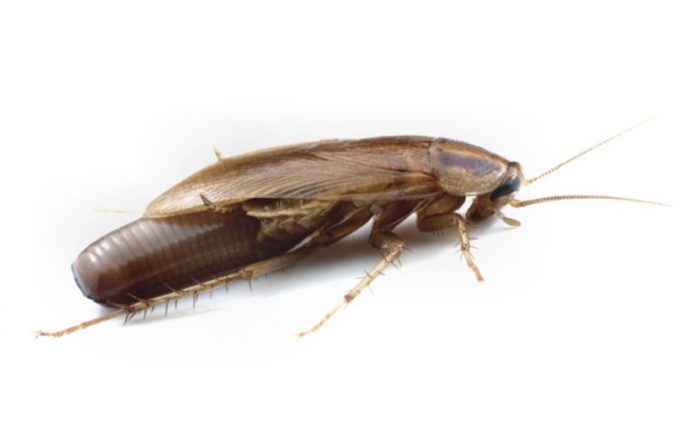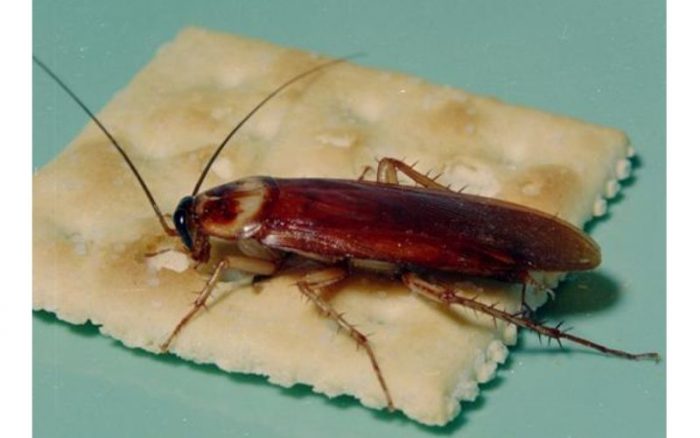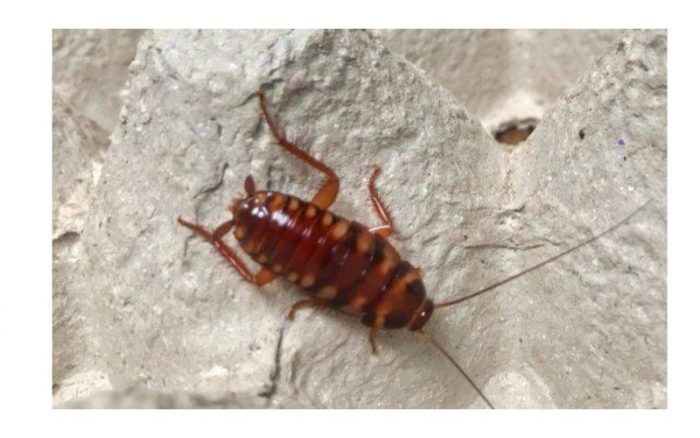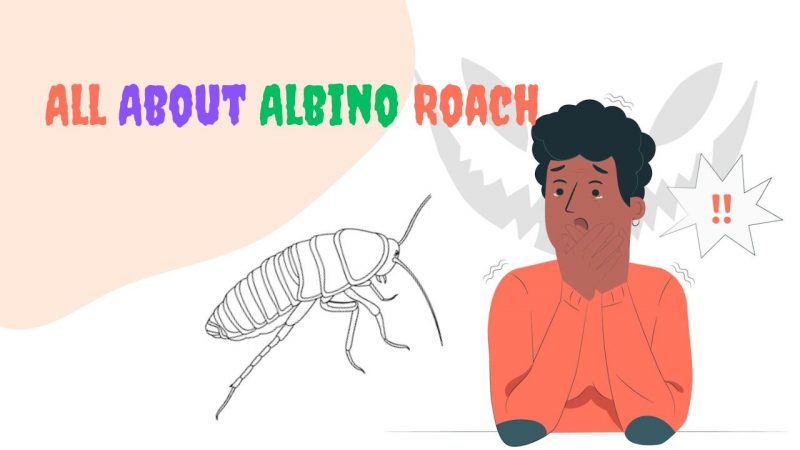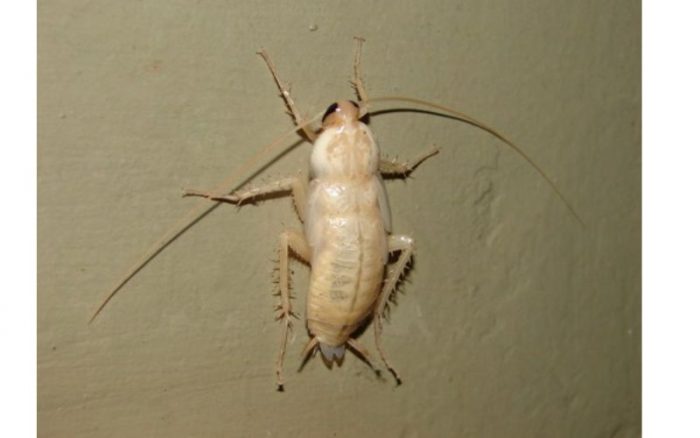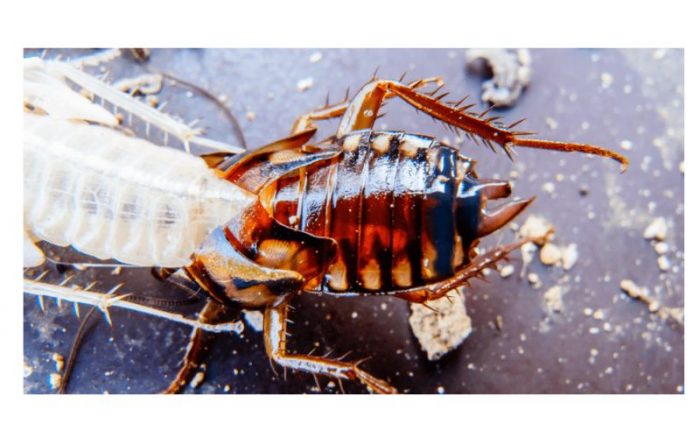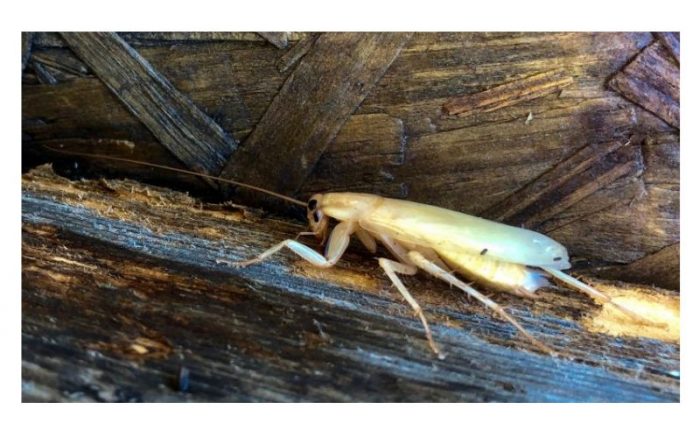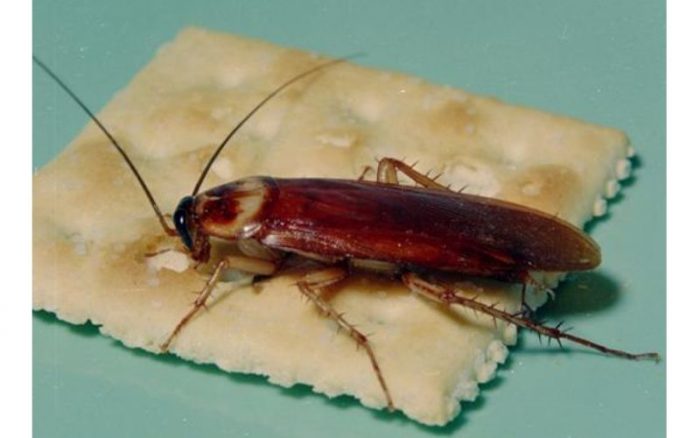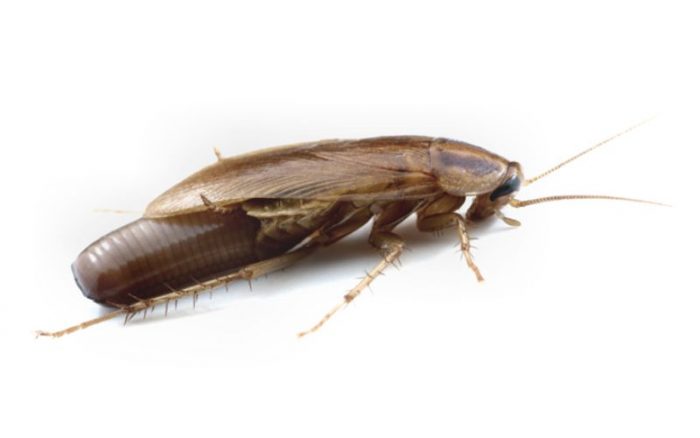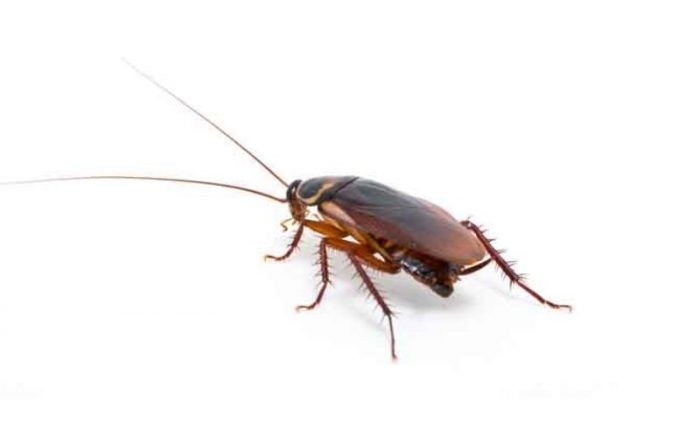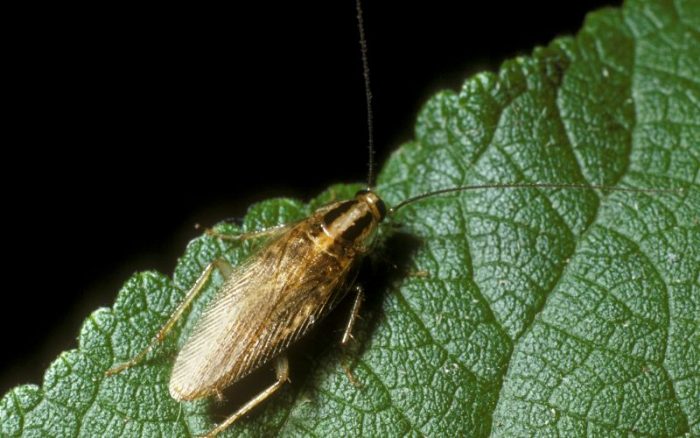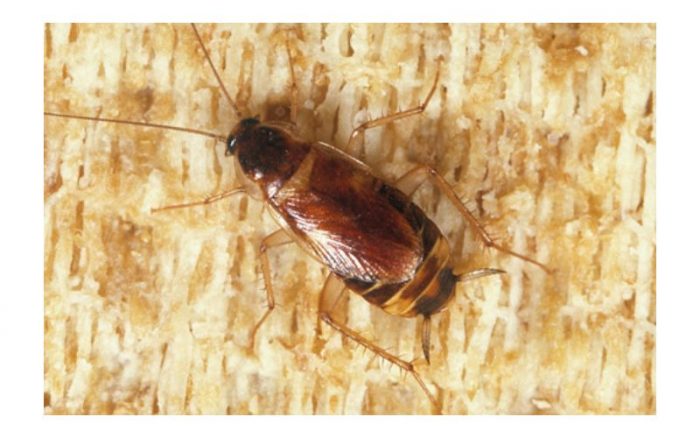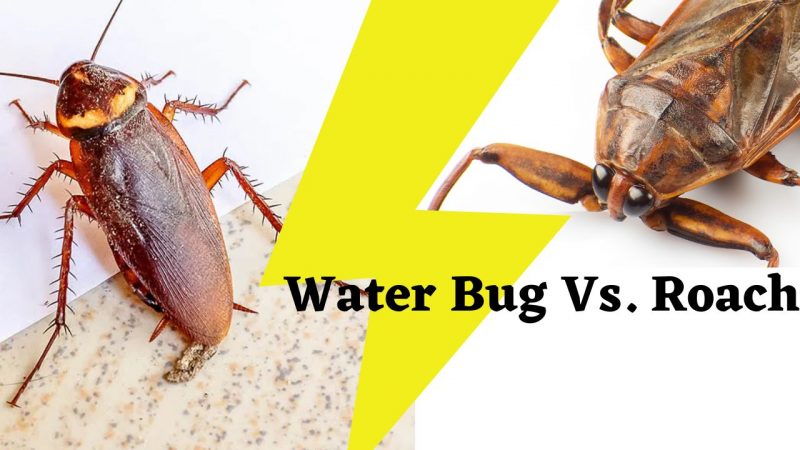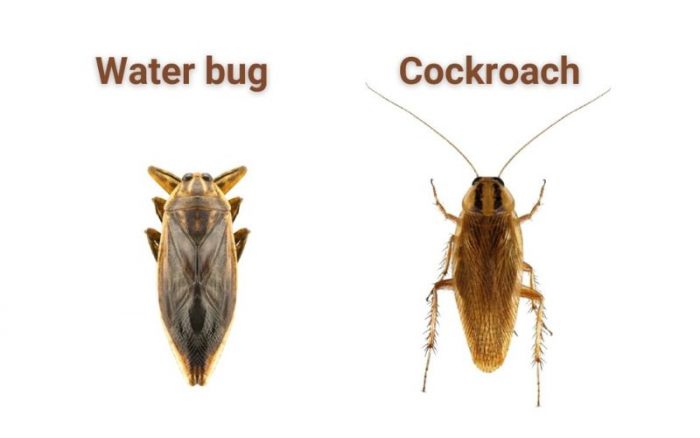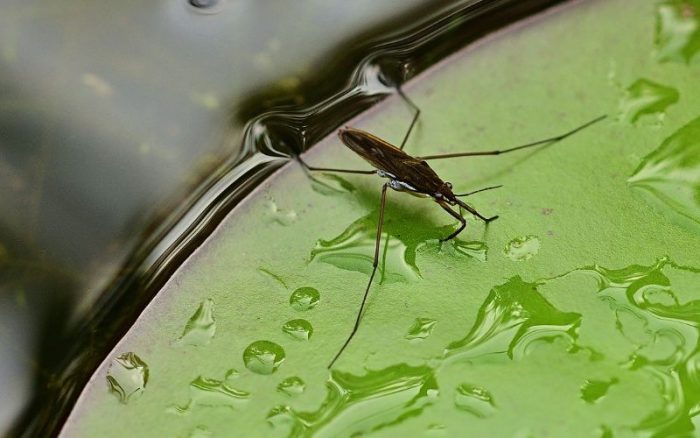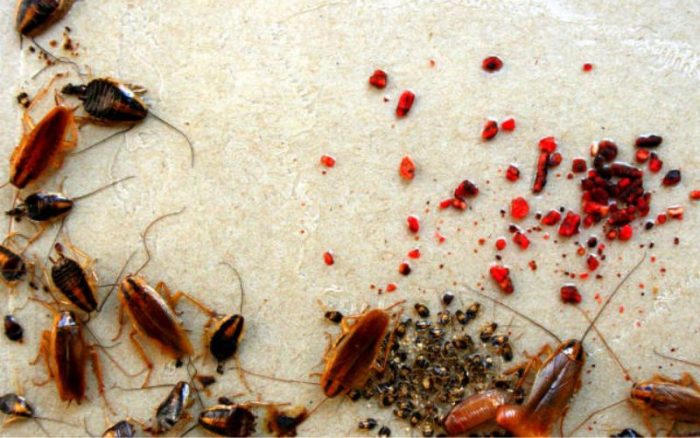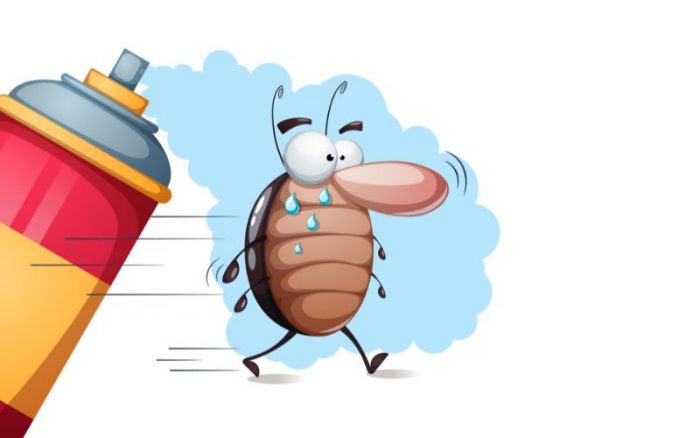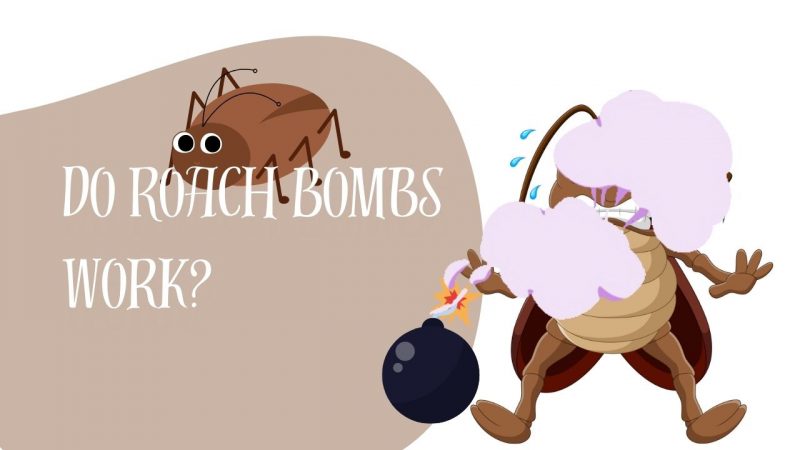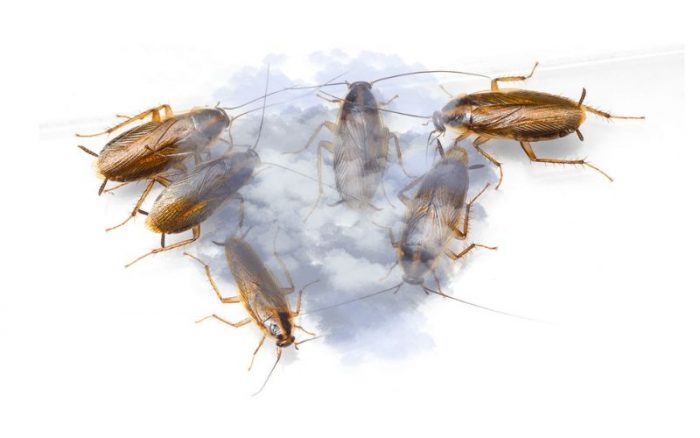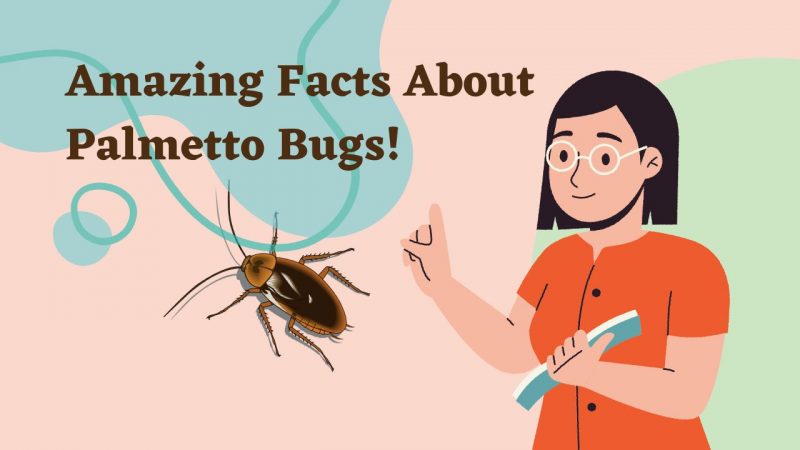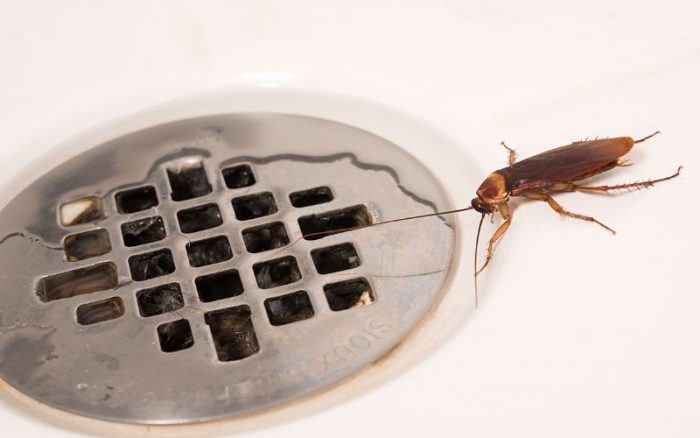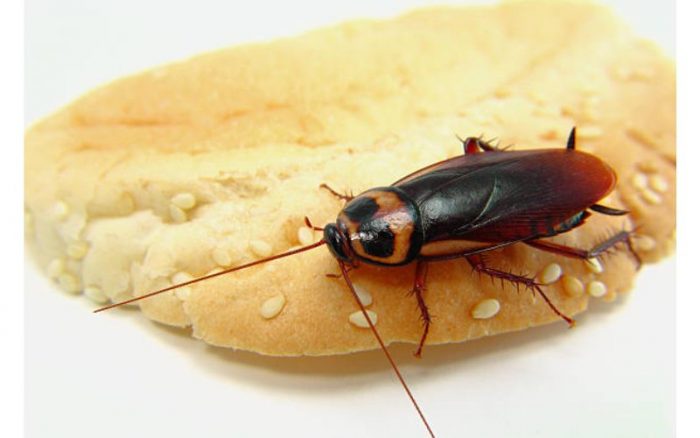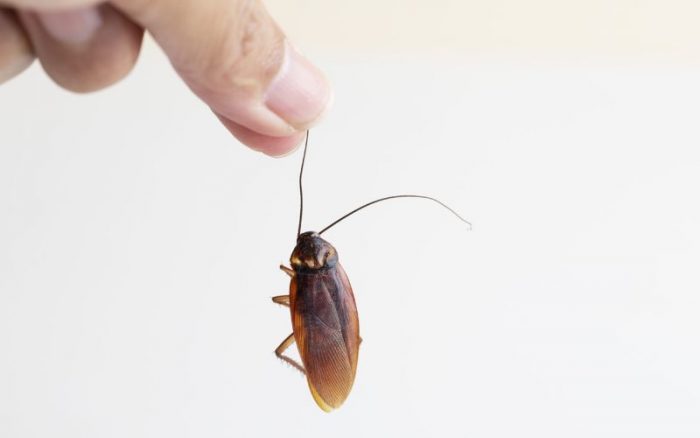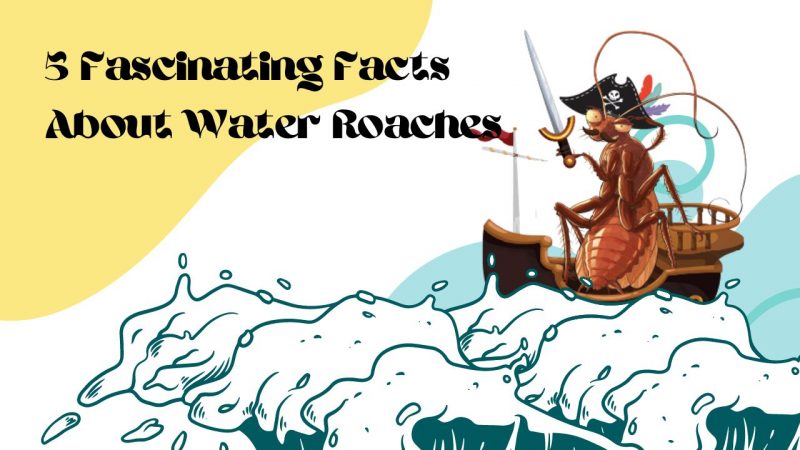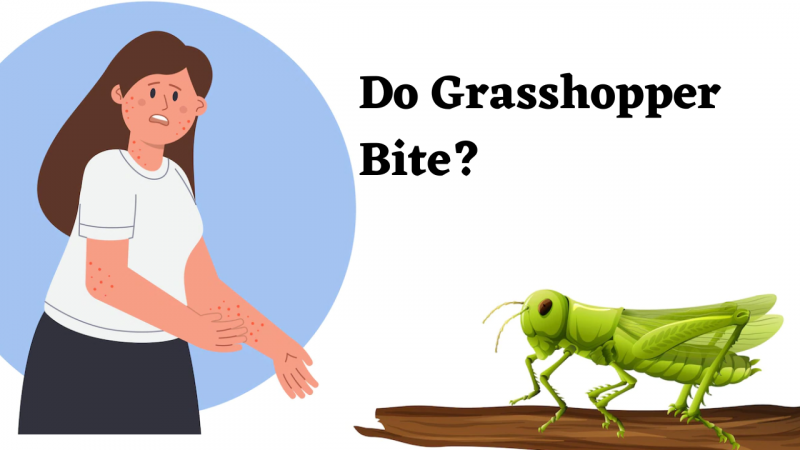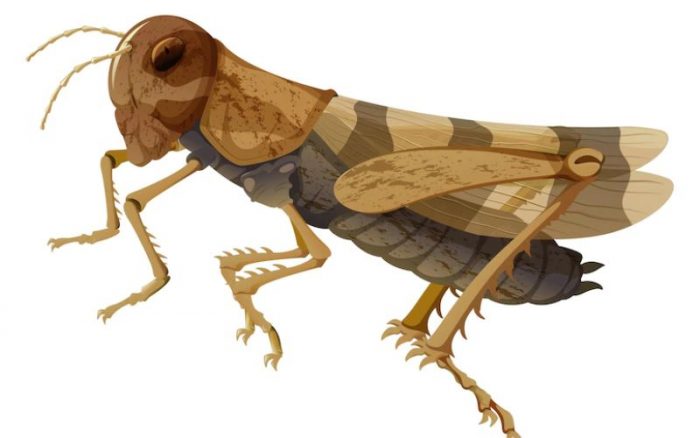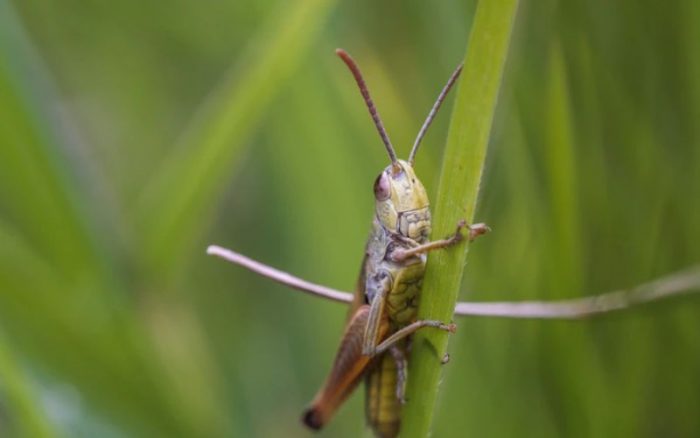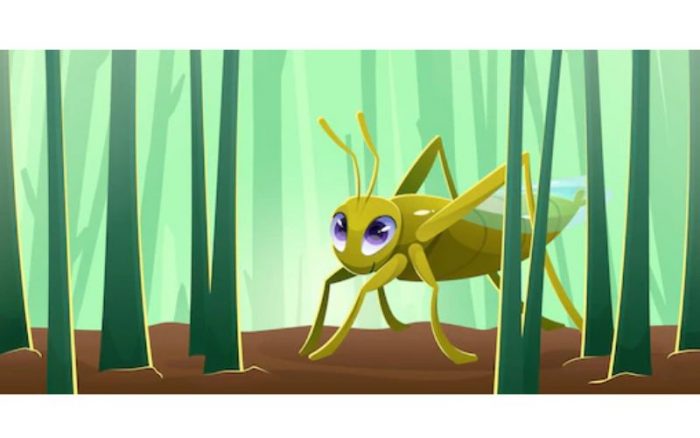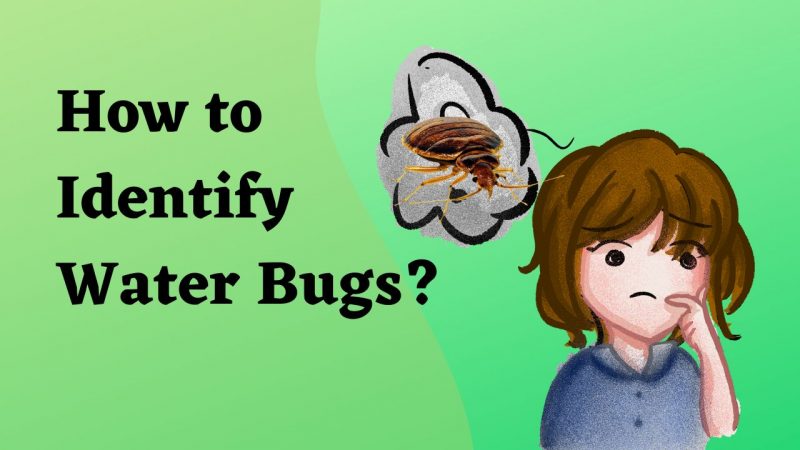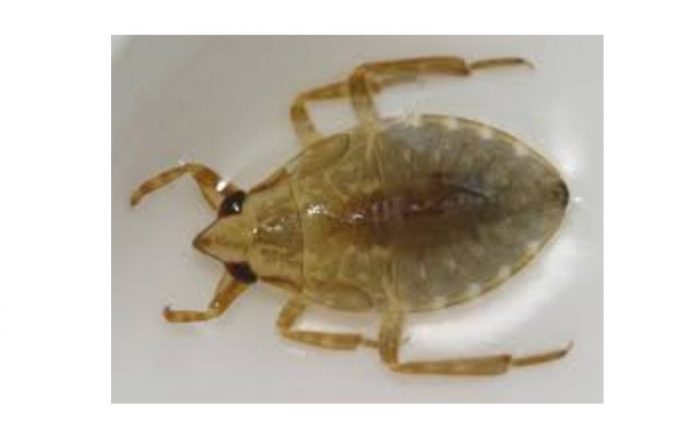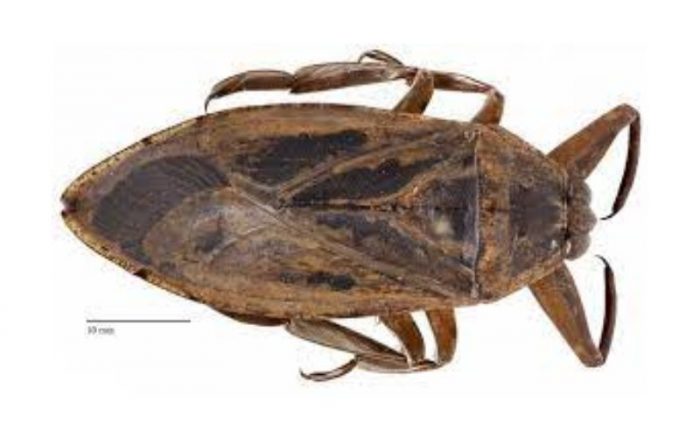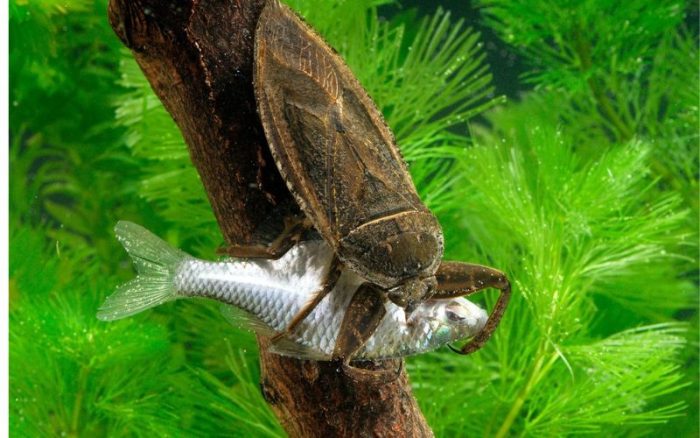How to Get Rid of Palmetto Bugs?
Hey there, bug warriors! Are you tired of uninvited guests scuttling around your home, wreaking havoc, and making you jump on the nearest chair like a terrified cartoon character? Well, fear not, because today we’re diving headfirst into the epic battle against palmetto bugs. Those elusive critters seem to have a knack for appearing at the most inconvenient times, causing instant shudders and cries for help. But fret not, my friend! This blog post gives fantastic tips and tricks for bidding farewell to these unwelcome invaders. Get ready to take charge of your home and kick those palmetto bugs to the curb!
Let’s be honest – palmetto bugs are the opposite of delightful company. They’re sneaky, unsightly, and about as welcome in your home as a skunk at a perfume convention. But before we get down to business and show you how to give them the boot, let’s clear up any confusion about these critters.
Now, some folks might refer to them as “cockroaches,” but let’s face it, that term doesn’t do them justice. Palmetto bugs are like the black belts of the cockroach world – they’re bigger, faster, and have an uncanny ability to materialize out of thin air when you least expect it. They have a sixth sense for spotting that freshly baked batch of cookies you left on the kitchen counter.
But fear not, my determined warriors against household pests, because we’re bringing out the big guns in this blog post. We will arm you with knowledge, equip you with practical solutions, and turn you into a palmetto bug terminator!
So, strap on your bug-fighting boots and get ready to unleash your inner pest slayer. We’ll guide you through every step, from understanding this creepy crawlies to implementing strategies to make your home an impenetrable fortress against their six-legged shenanigans. No more late-night bug-induced adrenaline rushes or dramatic leaps onto furniture like an Olympic gymnast. It’s time to reclaim your space and sleep peacefully, knowing that you’ve sent those palmetto bugs packing!
Are you ready to join the battle? Then let’s dive right in and bid those unwanted house guests farewell. Sayonara, palmetto bugs! You won’t be missed!
What are Palmetto Bugs?
Before we charge into battle against these formidable foes, let’s take a moment to understand our adversaries. Palmetto bugs, scientifically known as American cockroaches (Periplaneta americana), are often mistaken for their smaller and less intimidating cockroach cousins. However, they are a distinct species; boy, do they pack a punch!
Palmetto bugs thrive in warm and humid environments, making them a common nuisance in many parts of the United States. These resilient critters can grow up to two inches long, with reddish-brown bodies and long antennae. Equipped with wings, they are exceptional flyers, which means they can zip around your home faster than you can say “pest control.”
How to Identify Palmetto Bug Infestations?
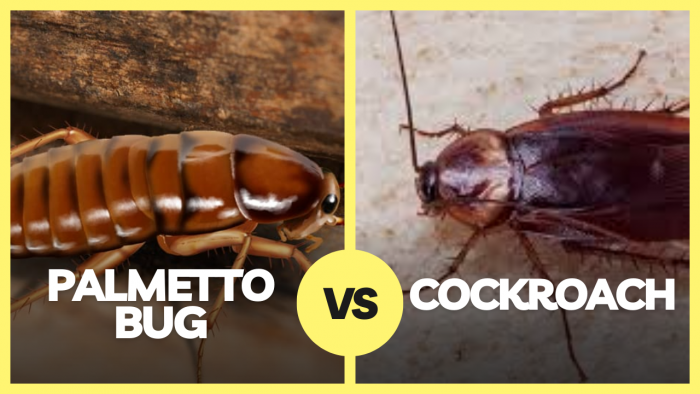
The first step in eradicating palmetto bugs from your home is to determine whether you’re dealing with a massive full-blown infestation or just a few stray visitors. Here are some telltale signs to watch out for:
Sightings of The Palmetto Bugs:
Spotting these bugs scurrying across your floors or walls indicates their presence. Look for them in dark, moist areas like basements, bathrooms, and kitchens.
Fecal Droppings of Palmetto Bugs:
Palmetto bugs leave behind small, dark droppings resembling coffee grounds. Check around potential hiding spots, such as behind appliances or corners, to detect signs of their presence.
Egg Capsules of Palmetto Bugs:
These pests produce brown, purse-shaped egg capsules that contain multiple eggs. Finding these capsules in hidden nooks and crannies can confirm an infestation.
How to Protect Your Home Against Palmetto Bugs?
Now that we know our enemy, it’s time to fortify our defenses and make our homes an inhospitable place for palmetto bugs. Here are some effective strategies to consider:
Keep your place clean:
Palmetto bugs are attracted to food sources and moisture, so maintaining a clean and dry environment is crucial. Sweep and vacuum regularly, paying extra attention to cracks and crevices where crumbs can accumulate. Fix any leaky pipes or faucets and keep drains clear of debris.
Seal all Entry Points:
Block all potential entry points to deny these critters access to your home. Inspect doors, windows, and foundation cracks for gaps and seal them using caulk or weatherstripping.
Store Food Away in Safe Spaces:
Store food in airtight containers and keep countertops free of crumbs and spills. Consider removing pet food and water bowls at night or elevating them off the floor to reduce the attractiveness to palmetto bugs.
Focus on Outdoor Maintenance:
Trim bushes and trees away from your home’s exterior to limit hiding places for palmetto bugs. Clean up any leaf piles or debris around the yard, as they can serve as harboring spots.
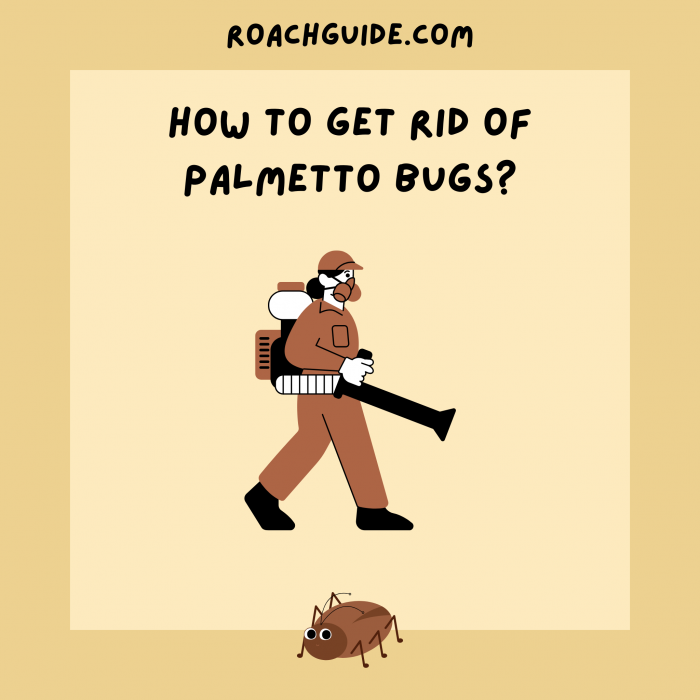
What are Non-Chemical Remedies for Palmetto Bugs?
If you prefer non-chemical approaches or want to supplement your pest control efforts, here are some natural remedies to repel and deter palmetto bugs:
Diatomaceous Earth:
Sprinkle food-grade diatomaceous earth around potential entry points and in areas where you suspect palmetto bug activity. This powdery substance, made from fossilized remains of marine organisms, dehydrates and kills bugs.
Essential Oils:
Essential oils like peppermint, lavender, and eucalyptus are known for repelling palmetto bugs. Create a solution by mixing a few drops of these oils with water and spraying it around windows, doors, and other areas prone to infestation.
Catnip:
Believe it or not, catnip contains a natural repellent called nepetalactone that can send palmetto bugs running for cover. Place small sachets of dried catnip in infested areas or sprinkle catnip leaves near their hiding spots.
When Should You Call in the Professionals for Palmetto Bugs?
Sometimes, despite our best efforts, palmetto bug infestations persist or become overwhelming. In such cases, it’s wise to seek professional help.
Pest control experts have the knowledge, experience, and access to more potent treatments to eliminate these resilient pests effectively.
When choosing a pest control company, look for those with a proven track record and eco-friendly approaches. Ensure they use safe products and methods for your family and pets.
Professional exterminators can assess the extent of the infestation, customize a treatment plan, and provide long-term prevention strategies.
How to Prevent Future Infestations of Palmetto Bugs?
Congratulations! You’ve successfully banished those palmetto bugs from your home. But the fight doesn’t end here. To prevent future infestations, continue practicing good sanitation habits, sealing entry points, and keeping your surroundings clean and dry. Regularly inspect your home for any signs of pest activity and address them promptly.
Remember, persistence is vital when it comes to pest control. Stay vigilant, and don’t hesitate to take preventive measures even after winning the battle.
Conclusion
By implementing these strategies and understanding the behavior of palmetto bugs, you’re well on your way to reclaiming your home and bidding farewell to those pesky intruders.
With a combination of cleanliness, sealing entry points, natural remedies, and professional assistance if needed, you can create an environment where palmetto bugs dare not tread.
So, arm yourself with knowledge, gather your bug-fighting gear, and prepare to say goodbye to those unwelcome guests. You’ve got this!
Read More on RoachGuide.com
